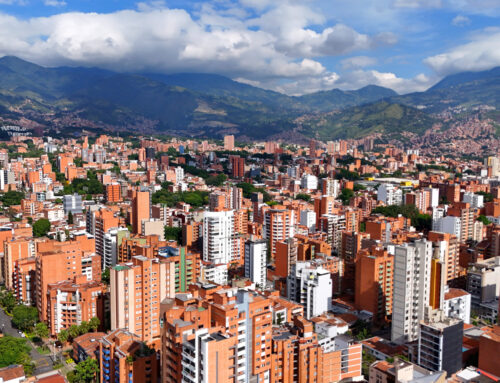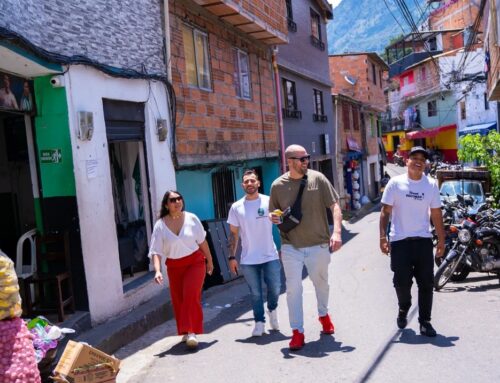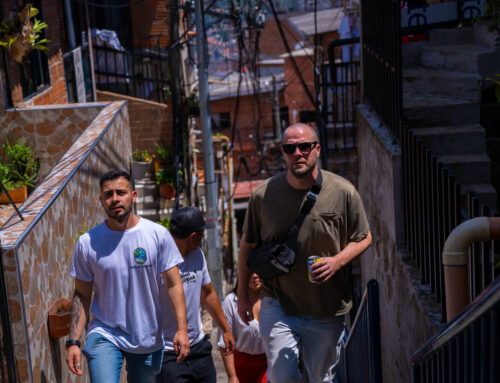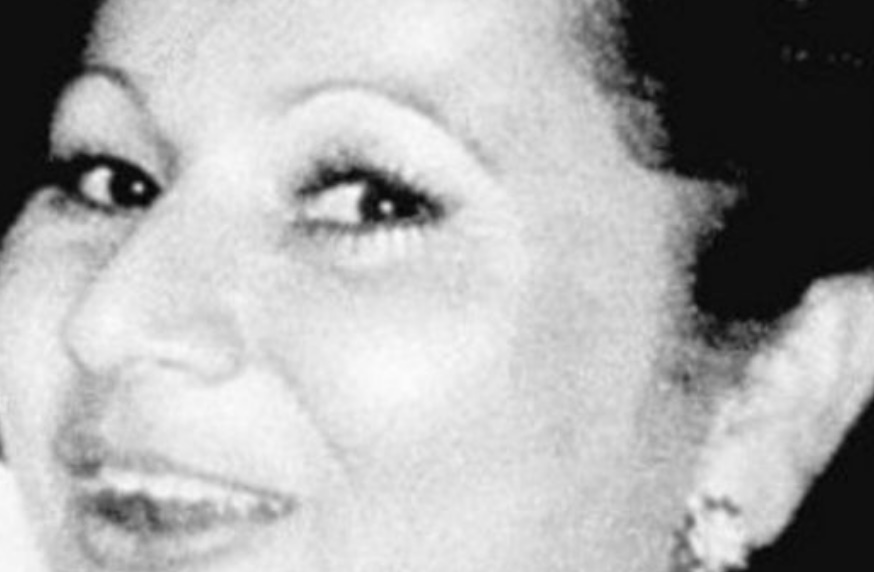
Sofia Vergara’s recent portrayal of Griselda Blanco in Netflix’s hit series “Griselda” has reignited interest in one of history’s most notorious drug lords. Known as the “Godmother of Cocaine” and the “Black Widow,” Blanco’s reign of terror came to an abrupt end on September 3, 2012, in the streets of Medellín. Her death, much like her life, was marked by the very violence she had introduced to the drug trade decades earlier.
A Complex Beginning: Early Life and Origins
The story of Griselda Blanco begins with controversy, even regarding her birthplace. While some sources claim she was born in Santa Marta, others maintain she entered the world in Cartagena, Colombia, on February 15, 1943. What’s undisputed is her move to Medellín at age three, a city that would shape her destiny and ultimately witness her final moments.
Growing up in Medellín’s troubled neighborhoods, Blanco’s immersion in criminal life began frighteningly early. By age 11, she had allegedly participated in her first serious crime – the kidnapping of a child from an affluent neighborhood. According to multiple sources, when the wealthy family refused to pay the ransom, young Griselda showed the ruthlessness that would define her career by fatally shooting the child.
Her teenage years were marked by survival rather than childhood. At 19, fleeing sexual abuse from her mother’s boyfriend, Blanco took to the streets of Medellín’s city center. For the next year, she sustained herself through pickpocketing and, according to some accounts, prostitution – experiences that hardened her resolve and shaped her future ruthlessness.
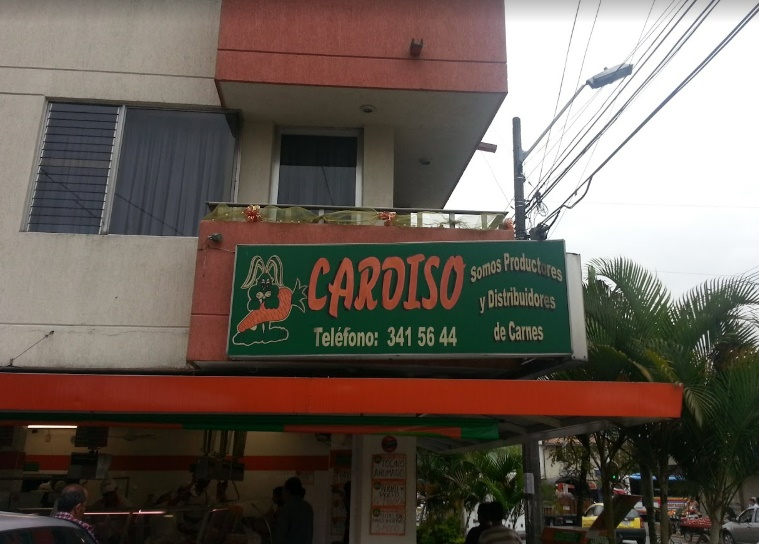
Cardiso butcher shop in Belen Medellin where Griselda Blanco was killed.
The Making of a Drug Empire
Blanco’s entry into the drug trade began with her first marriage to Carlos Trujillo at the tender age of 13. Together, they started with marijuana trafficking, but Griselda’s ambitions extended far beyond small-time deals. After divorcing Trujillo (who she would later have executed), she made a pivotal move to Queens, New York, with fake documentation and her second husband, Alberto Bravo.
In New York, Blanco demonstrated the innovation that would make her infamous. She revolutionized drug smuggling by creating lingerie with hidden compartments for cocaine transport. This creative approach to trafficking set her apart from her male counterparts and established her as a pioneer in the drug trade.
However, it was her introduction of motorcycle assassins that would leave the most lasting impact – and ultimately seal her own fate. This method of murder, with gunmen pulling up on motorcycles to spray targets with bullets, became a trademark of Colombia’s drug violence. The irony of her eventual death by this same method was lost on no one.
The Miami Years: Violence and Empire Building
By the late 1970s, Blanco had transformed Miami’s drug landscape. Her organization was shipping an astounding 1,500kg of cocaine monthly, generating roughly $80 million in monthly revenue. Her distribution network spanned from Colombia to California, with Miami as its violent epicenter.
The period known as the “Cocaine Cowboys” era was defined by Blanco’s spectacular violence. The 1979 Dadeland Mall shooting, a brazen daylight attack that shocked Miami residents, bore her signature. Public executions became commonplace, and the body count rose so high that law enforcement created CENTAC 26, a special unit dedicated to combating cocaine trafficking.
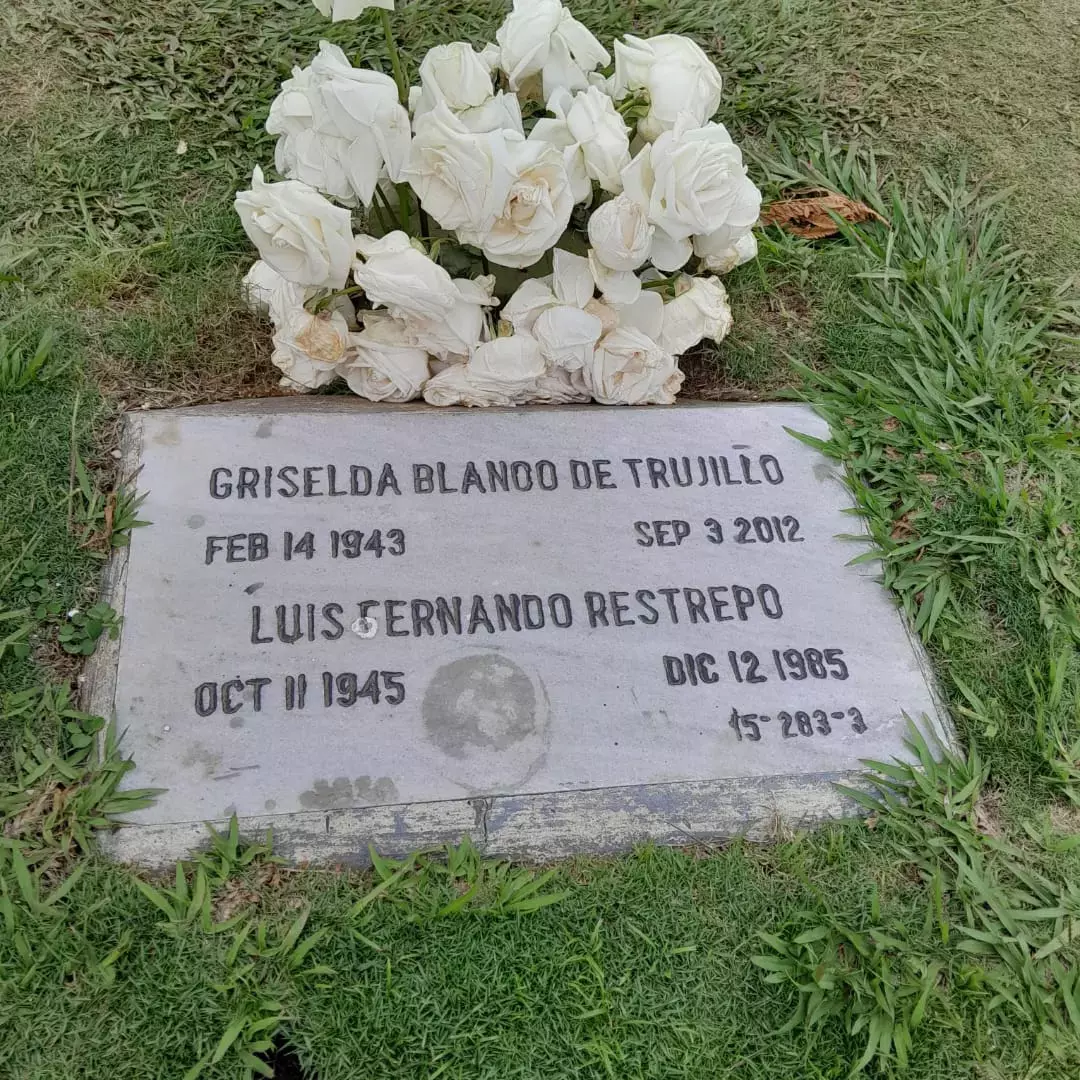
Griselda Blanco’s grave, born February 14, 1943 and died September 3, 2012
Personal Life: Marriages, Murder, and Motherhood
Blanco’s personal life was as turbulent as her professional one. Each of her three marriages ended in murder, earning her the nickname “Black Widow.” After having Carlos Trujillo executed over business disputes, she famously confronted her second husband, Alberto Bravo, in a Bogotá parking lot over millions in missing drug money. The ensuing shootout left Bravo and six bodyguards dead, while Blanco escaped with a minor stomach wound.
Her third marriage to Darío Sepúlveda produced her youngest son, Michael Corleone Blanco – named after “The Godfather” character in a display of her fascination with mafia culture. When Sepúlveda kidnapped young Michael during a custody dispute, Blanco had him assassinated and retrieved her son.
Michael’s story reflects the complex legacy of his mother’s choices. Raised largely by his grandmother while his mother served prison time, he later faced his own legal troubles with cocaine trafficking charges. Today, he appears on VH1’s “Cartel Crew” and runs a clothing brand called Pure Blanco, capitalizing on his infamous family name.
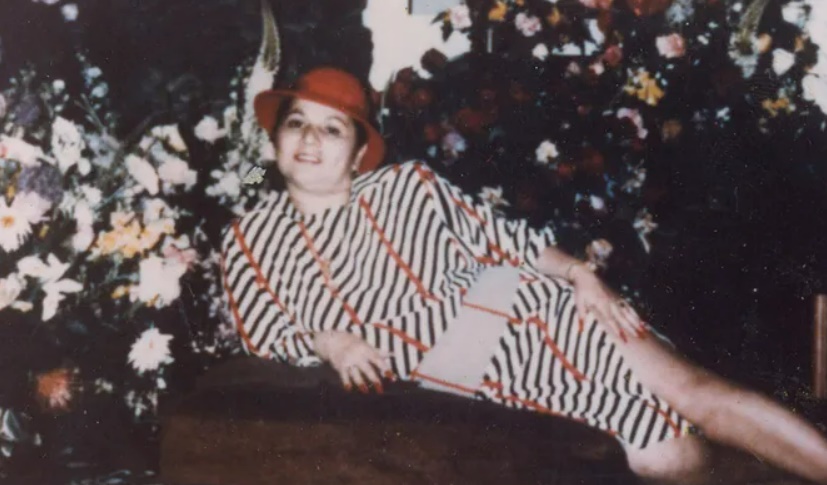
Griselda Blanco was known as “La Madrina” (The Godmother of Cocaine)
Criminal Empire and Legal Troubles
The scale of Blanco’s operation was staggering. Her innovation extended beyond murder methods to creative smuggling techniques. The lingerie shop she established in Colombia became a front for one of her most ingenious smuggling methods – custom-designed bras and girdles with hidden cocaine compartments. Her distribution network was so efficient that it served as a blueprint for future cartels.
By 1985, law enforcement finally caught up with her. DEA agents arrested Blanco in her home, leading to a conviction on federal drug conspiracy charges. However, it was the subsequent murder charges that would reveal the true extent of her brutality. The cases included the murders of Alfredo and Grizel Lorenzo, killed in their South Miami home while their children watched television in another room. Their crime? Failing to pay $250,000 for five kilos of cocaine.
Perhaps the most chilling case involved two-year-old Johnny Castro, shot twice in the head while riding in a car with his father, Jesus “Chucho” Castro. The target had been the father, a former enforcer who had allegedly kicked one of Blanco’s sons. When informed that her hitmen had killed the child instead, Blanco reportedly expressed satisfaction, saying they were “even.”
The prosecution’s case was nearly airtight, thanks to testimony from her former hitman, Jorge Ayala. However, in a twist that seemed pulled from a crime drama, the case was compromised when Ayala was caught having phone sex with secretaries from the Miami-Dade State Attorney’s Office. This scandal forced prosecutors to offer Blanco a plea deal, resulting in a 20-year sentence rather than the death penalty they had sought.
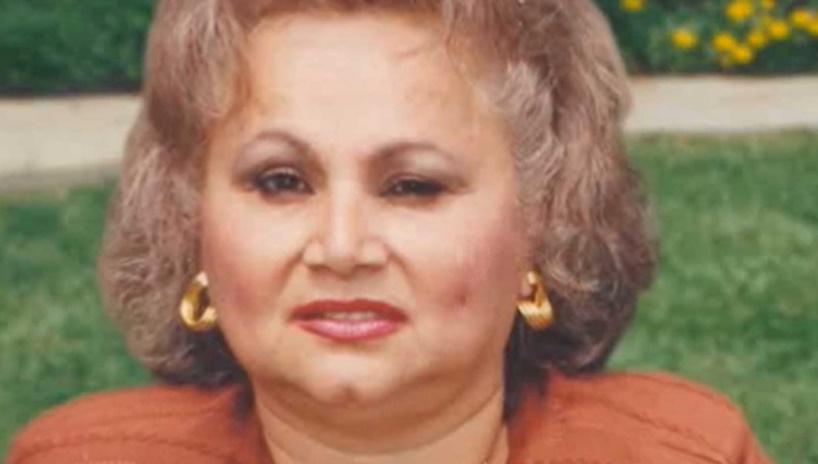
Griselda Blanco’s later years
The Final Days and Death
After serving her sentence, Blanco was deported to Colombia in 2004. Despite claims that she had become a born-again Christian and retired from criminal life, her past would ultimately catch up with her. On September 3, 2012, around 11:30 AM, Blanco visited the Carnicería Cardiso, a butcher shop in Medellín’s Belén neighborhood.
As she exited the shop with her pregnant daughter-in-law, two men on a motorcycle approached. In a method she herself had pioneered decades earlier, one of the men pulled out a gun and shot her twice in the head. She died instantly, while her daughter-in-law remained unharmed – a witness to the violent end of one of history’s most notorious drug lords.
The location of her death, Cardiso Butcher Shop (Carnicería Cardiso Belen) on the corner of 29th Street in Belén, has become a point of dark tourism in Medellín. The butcher shop, which still operates today, serves as a reminder of how even the most powerful figures in the drug trade often meet violent ends.
Cultural Impact and Media Legacy
Blanco’s story has captivated audiences worldwide through various media portrayals. The 2006 documentary “Cocaine Cowboys” and its 2008 sequel helped introduce her story to a new generation. Catherine Zeta-Jones portrayed her in the television film “Cocaine Godmother” (2018), while Sofia Vergara’s recent portrayal in Netflix’s “Griselda” (2024) has brought renewed attention to her legacy.
Her influence extends beyond television and film into music culture. Numerous hip-hop artists have referenced her in their lyrics, from Lil Kim to Nicki Minaj. The record label Griselda Records, founded by Westside Gunn, takes its name from her, demonstrating her lasting impact on popular culture.
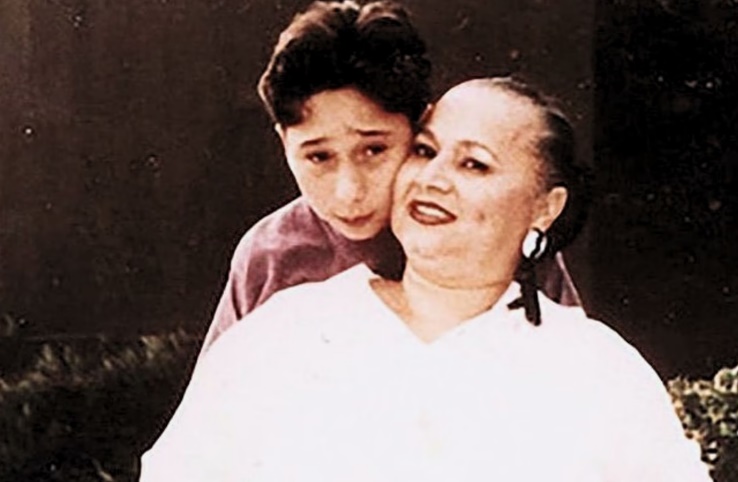
Griselda Blanco with her Son Michael Corleone
Modern Significance and Tourism
Today, Medellín has transformed dramatically from the violent days of Blanco’s reign. The city has become a thriving tourist destination, though traces of its dark past remain. Narco tours often include stories of the “Cocaine Godmother” in their narratives, highlighting how far the city has come from its troubled history.
The sites associated with Blanco’s life and death have become points of interest for those studying Colombia’s drug history. However, local authorities and tourism operators emphasize the importance of responsible tourism that doesn’t glorify the violence of the past.
Legacy and Historical Impact
Griselda Blanco’s legacy is complex and contradictory. While she broke barriers as one of the first women to rise to such heights in the drug trade, she did so through unprecedented violence and corruption. Her innovations in drug smuggling and assassination techniques had lasting impacts on criminal enterprises, while her personal story – from poverty to power to violent death – serves as a cautionary tale about the true cost of criminal success.
Her influence on drug trafficking operations extended far beyond her death. The routes she established, the methods she pioneered, and the brutal efficiency of her organization set standards that subsequent cartels would follow. Law enforcement agencies still study her methods to better understand and combat drug trafficking operations.
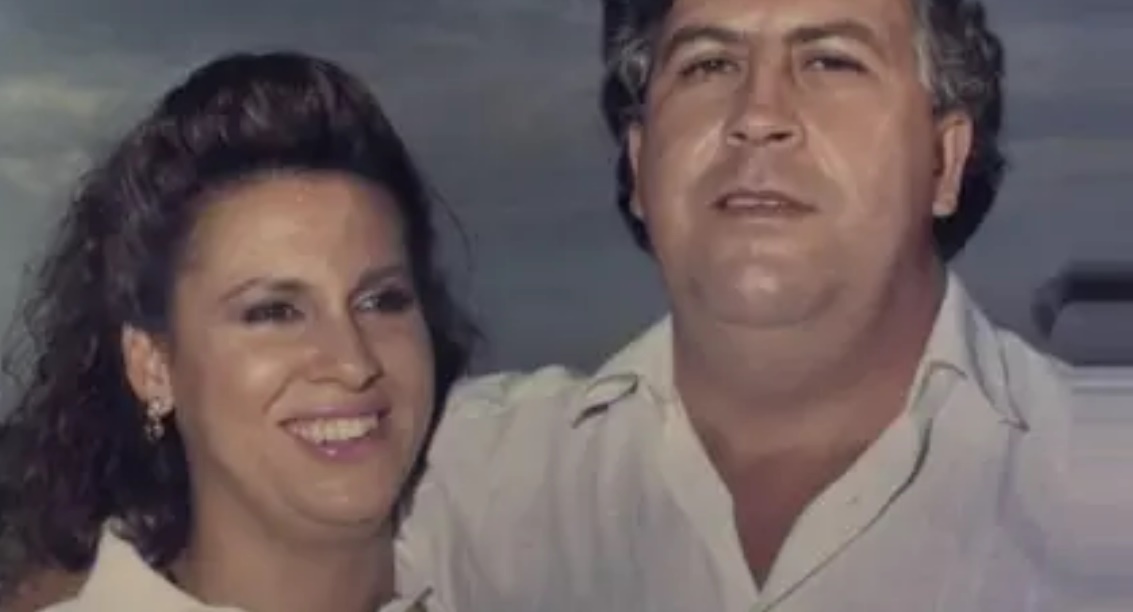
Griselda Blanco with Pablo Escobar
The Legacy of Griselda Blanco
The story of Griselda Blanco reflects the complex history of Colombia’s drug trade and its impact on both Colombian and American society. From her humble beginnings in the streets of Medellín to her rise as the “Cocaine Godmother” and her violent end, Blanco’s life embodied the brutality and innovation that characterized the cocaine boom of the 1970s and 80s.
Today, while Medellín has transformed into a vibrant, forward-looking city, the legacy of Blanco and others like her serves as a reminder of the importance of addressing the root causes of drug violence and organized crime. Her story continues to fascinate and repel, offering valuable lessons about the true cost of criminal enterprise and the cyclical nature of violence.


